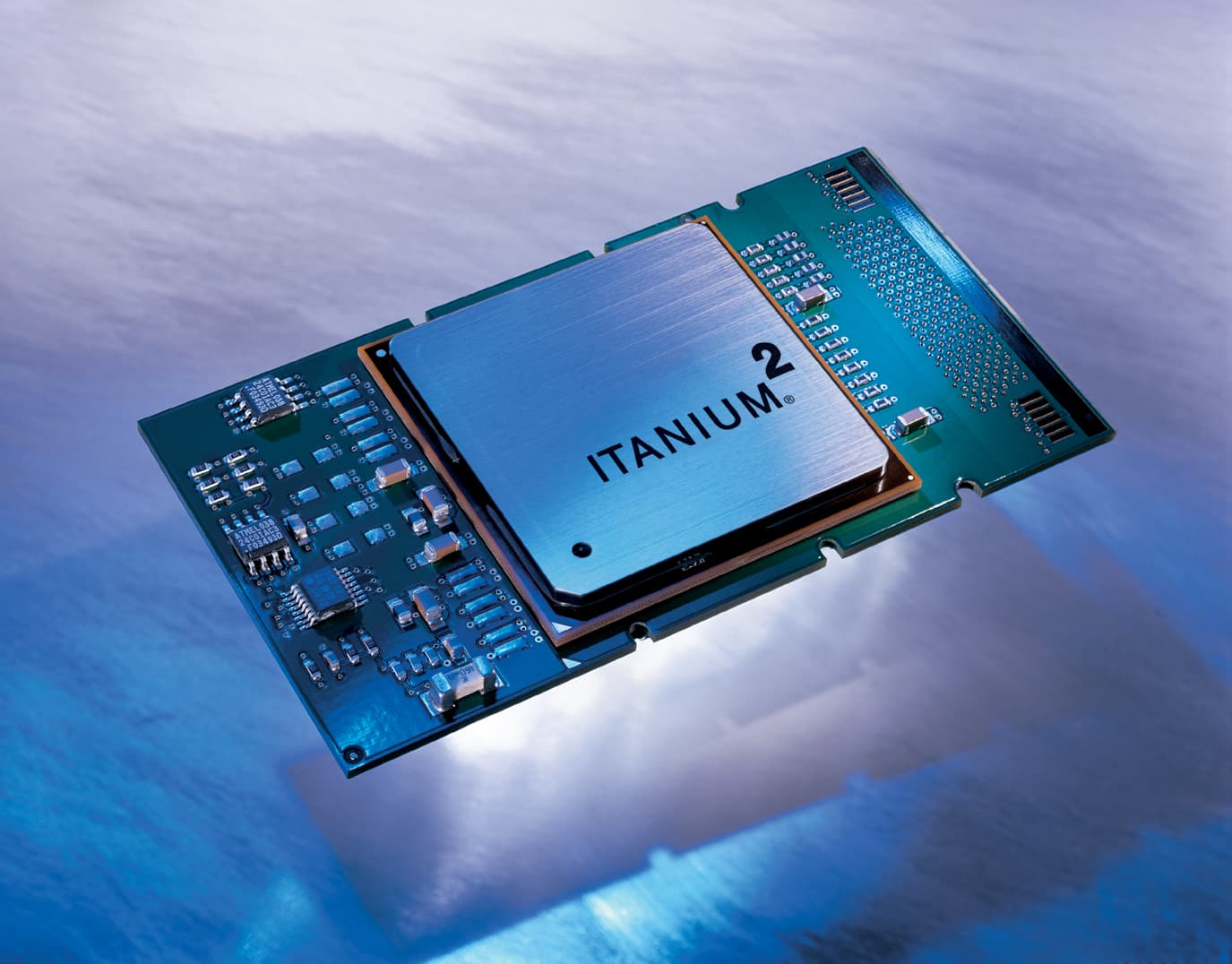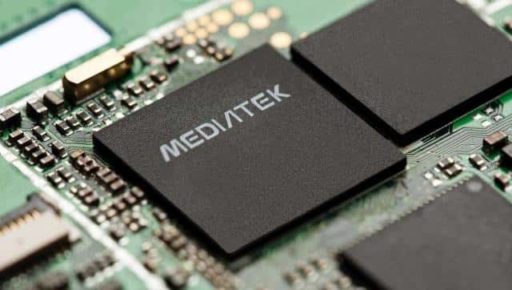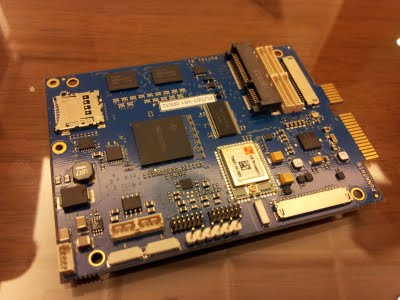Intel has long backed the Itanium processor architecture, without much success. The company has been putting its force behind it ever since 2001. But the various problems which riddled the Itanium chips have apparently persuaded the company to finally diminish Itanium’s role in the commercial arena.
The original Itanium architecture was developed by HP as far back as 1989. Intel eventually took up the architecture and tried to pitch it in the commercial arena in 2001. However, the first 64-bit chip based on this architecture was a failure for the company.
Intel gave it a second shot in 2002 by releasing Itanium 2, trying to make it a viable choice for high-end computers. However, the very next year, AMD came out with its own Opteron chips and Intel’s Itanium 2 was pushed out of competition.
With Opteron, the face of the chip industry was entirely changed. The architecture was new and was already a success, so companies shied away from Itanium-based processors, so much so that even Microsoft, who has been backing the architecture for many years until quite recently, finally ditched it.
Intel continued to pursue Itanium, hoping the architecture could deliver high-end chips for computers demanding greater processing speeds. But with a lot of resources spent, Intel finally seems to be realizing that its efforts are futile.
It is probably the result of this that the company has now announced that future Itanium products will be made compatible with Xeon. In other words, Intel concedes that Xeon is better than Itanium and users who make the mistake of purchasing Itanium machines can switch to Xeon simply by hitching up a different chip.
Courtesy: Bit Tech
[ttjad keyword=”processor”]



